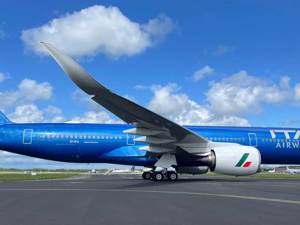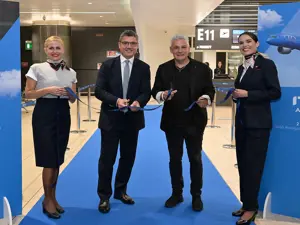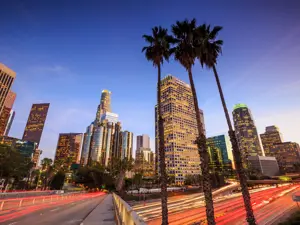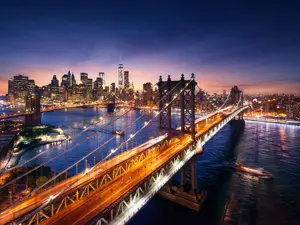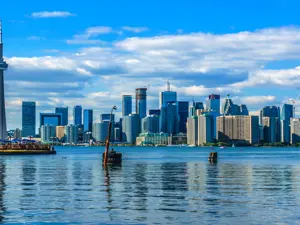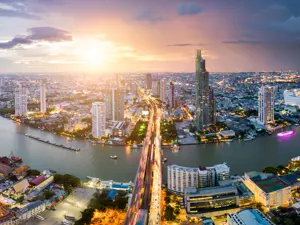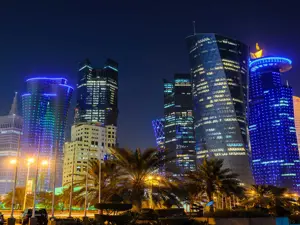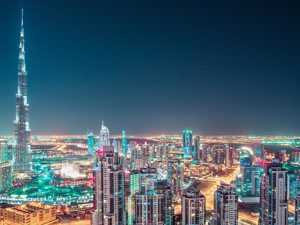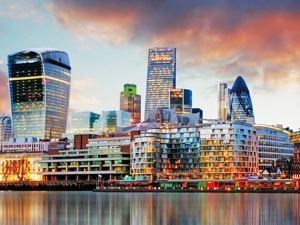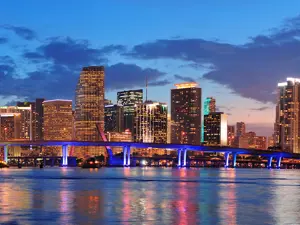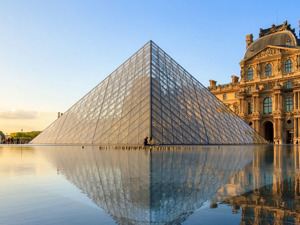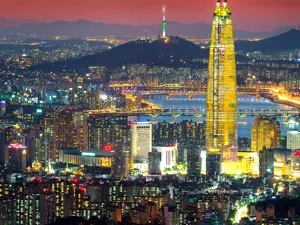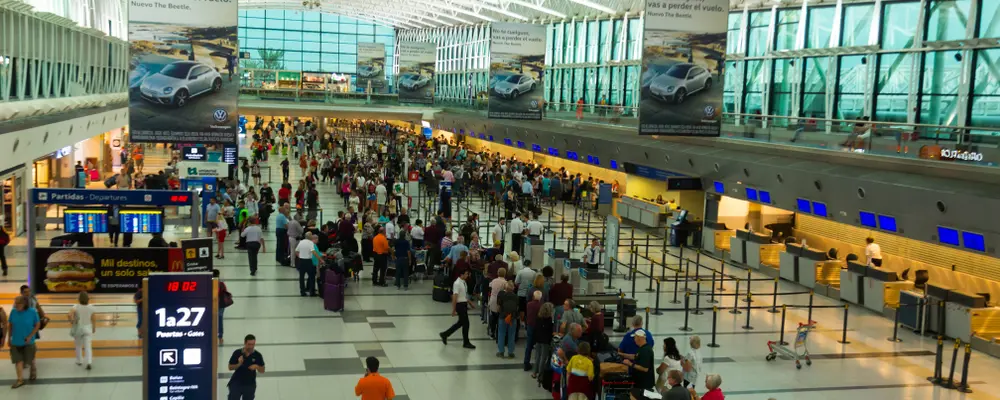The queen of the Plata
Known as “the Queen of the Plata” (in reference to the Plata River), the city of Buenos Aires is one of the largest in the world and considered the cultural capital of South America. It surprises for its special beauty and blend of history and customs that make it a meeting point between European culture and Latin-American vitality. Visited annually by million people, the Argentine capital is the “city that never sleeps”, with an infinite number of restaurants, coffee houses, theatres, tango halls, pubs, stages, discotheques, concerts, museums, shopping centres, art galleries and even a floating casino on the Rio de la Plata.
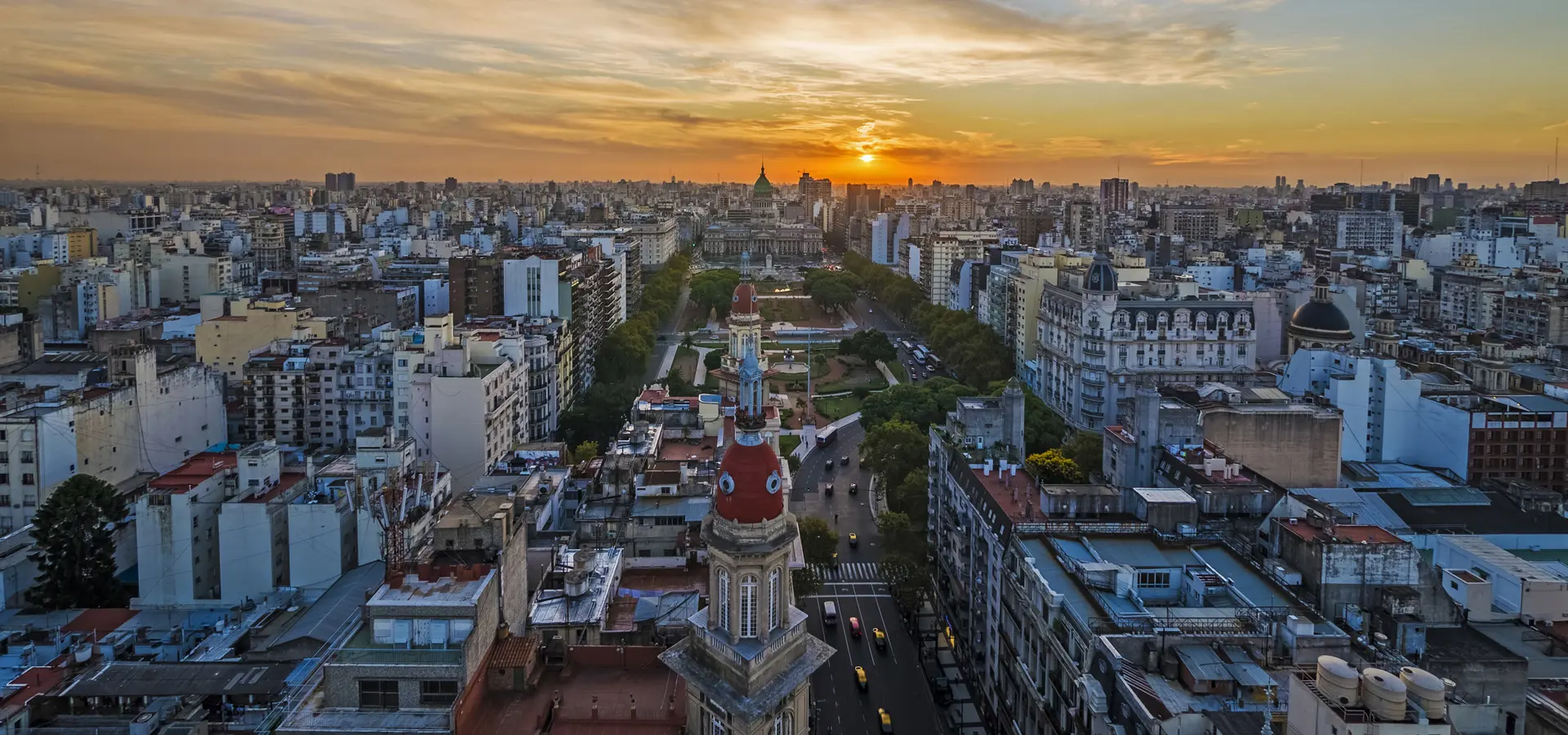
It is a fascinating city with Art Deco architecture, domes that evoke a most elegant Paris and brightly coloured “calles peatonales”, such as Lavalle y Florida, which are filled with shops.
The Recoleta district is probably the best place to stay for European tourists. A sophisticated and traditionally upper-class neighbourhood, it has beautiful shops, architecturally prestigious buildings, is centrally located and safe and peaceful. It offers luxury, design, restaurants and hotels, including the very well known Alvear with its belle époque splendour.
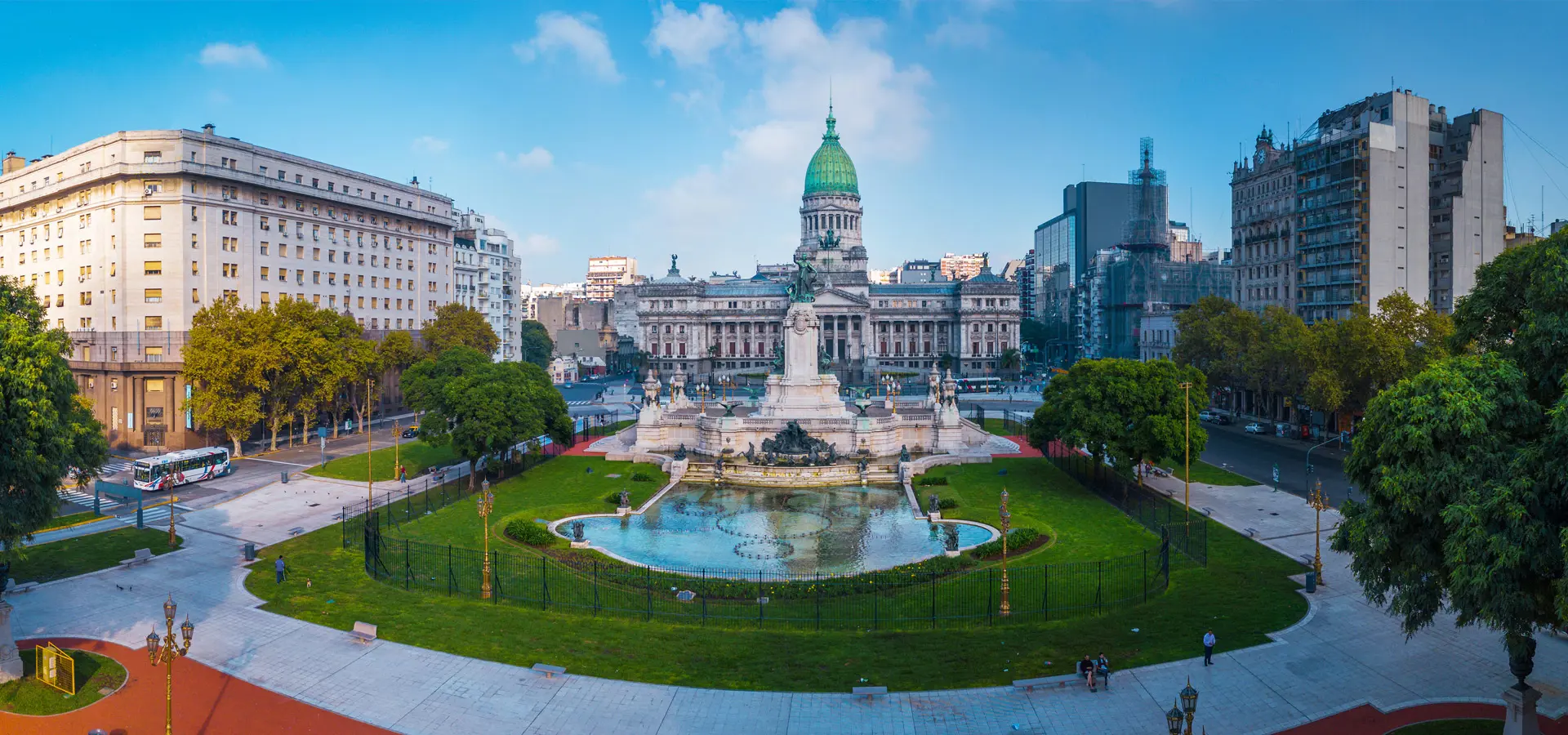
The impressive architecture of Buenos Aires characterizes every square of the city with palaces, churches and fountains with an European charm. Copyright © Sisterscom.com / Shutterstock
Every length and breadth of the city should be explored to admire its beauty and its features marked by centuries of immigration: from the district of Recoleta to Palermo and Belgrano. Don’t miss a visit to see the mammoth renovation work carried out in Puerto Madero, the old British-designed port with its famous red brick docks and cranes.
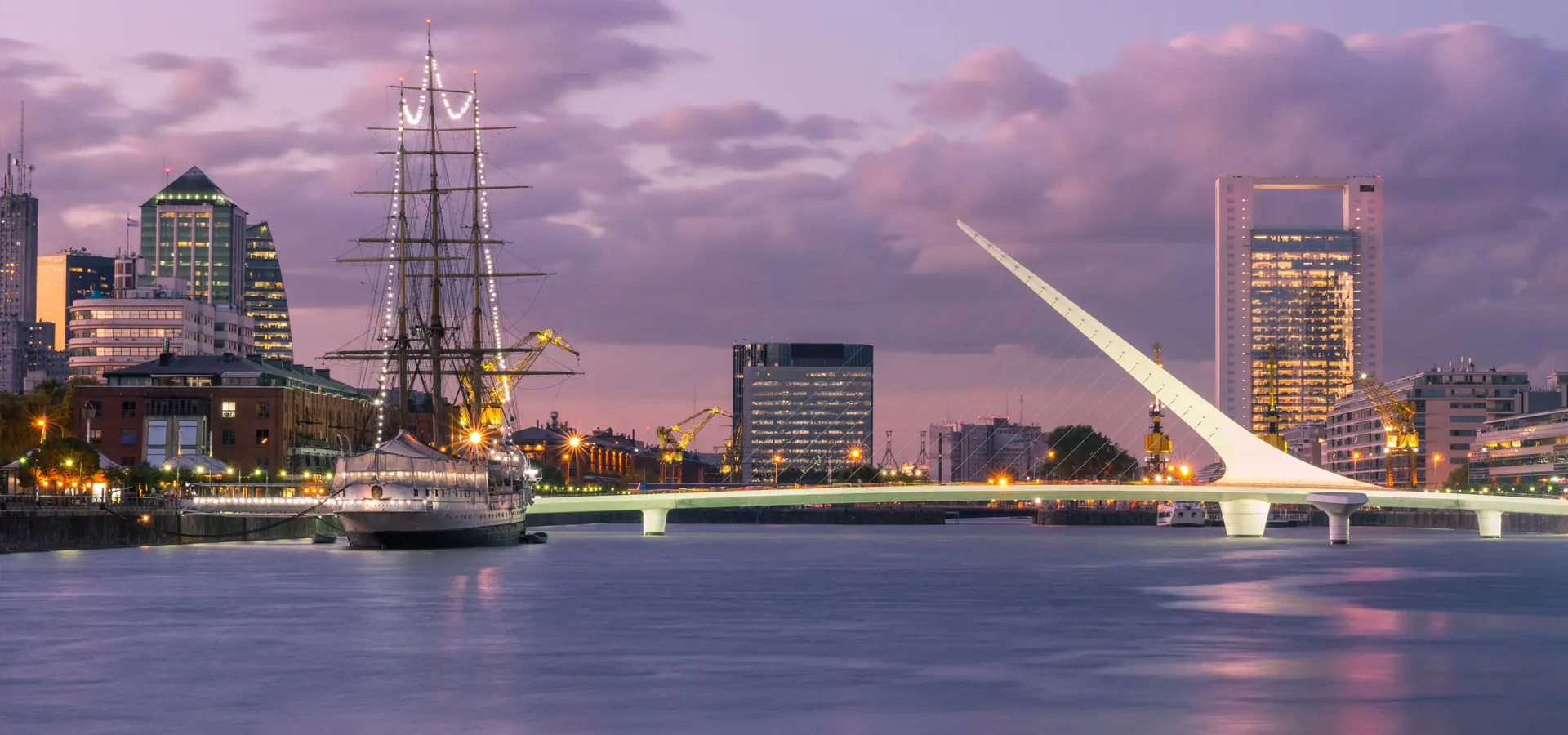
Facing the Atlantic Ocean in a gulf called Rio de La Plata, the port of Buenos Aires has twelve kilometres of docks for commerce and tourism. The city’s streets extend along the banks of the River Paranà, between wide tree-lined avenues in residential areas, among Art Deco architecture and districts with a typically working-class atmosphere.
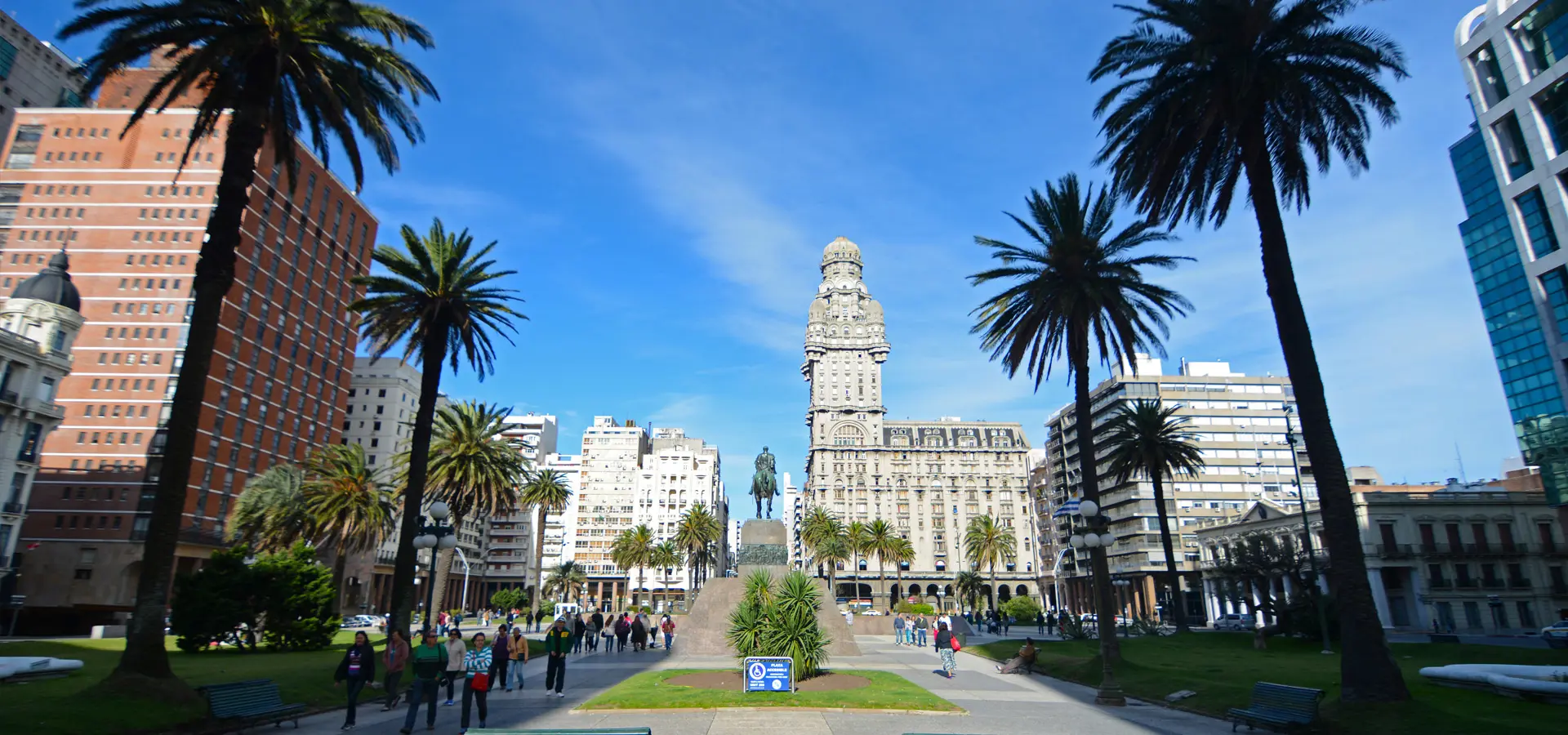
The most representative places of the district of San Telmo and Puerto Madero, the Colón Theater and the MALBA Museum Copyright © Sisterscom.com / Shutterstock
The San Telmo district is the best expression of the colonial era, and here the most famous antique market in Argentina takes place. Alongside Avenida Santa Fe, one of the most representative neighbourhoods in the capital, there are other particularly attractive areas, such as the “Boca” with its colourful houses. Another must-see destination is the beautiful colonial church of “Nuestra Senora del Pilar”.
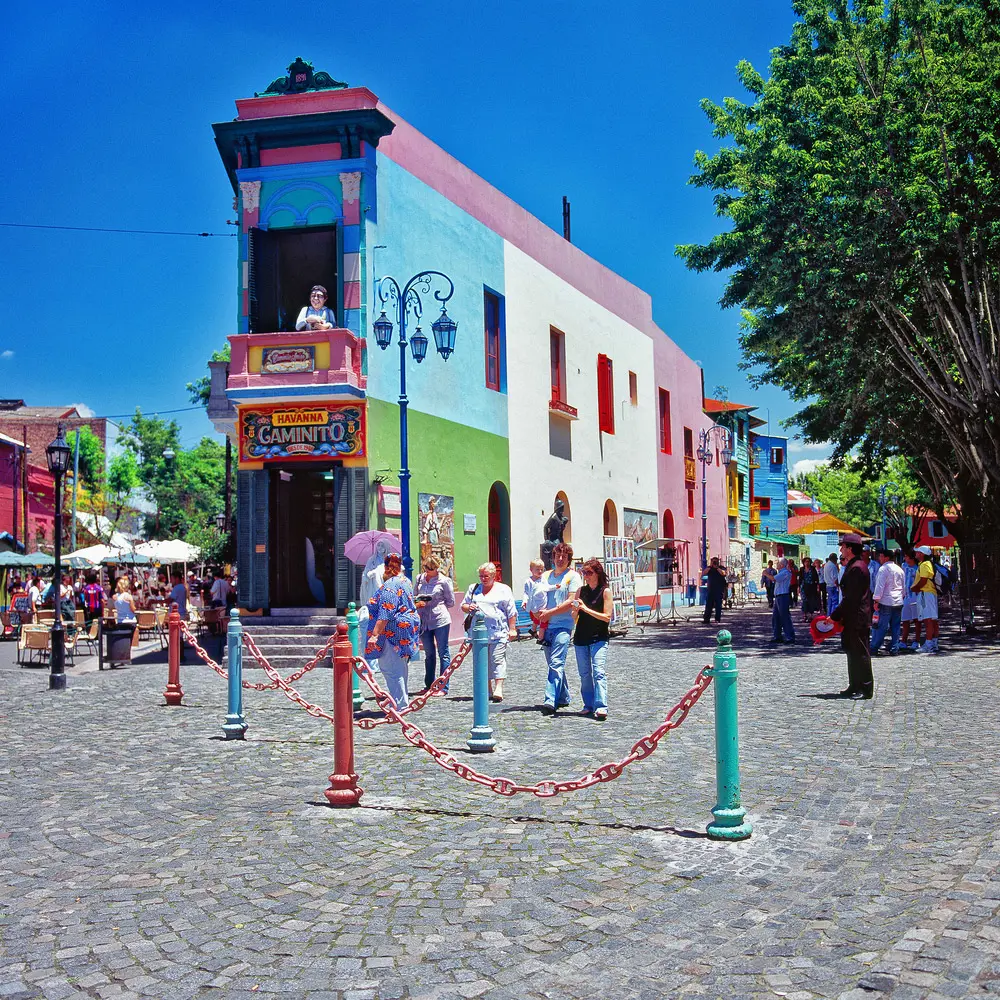
Tourist growth in recent years has led to a similar increase in hotel development with international chains moving into the city and boutique style hotel accommodation being created. The Galerias Pacifico is a place of reference for shopping.
A few kilometres from the metropolis begins the province of Buenos Aires, which is known for its scenic attractions: countryside, beaches, mountain ranges, lakes, rivers and towns, offering an extraordinary variety of tourist destinations.
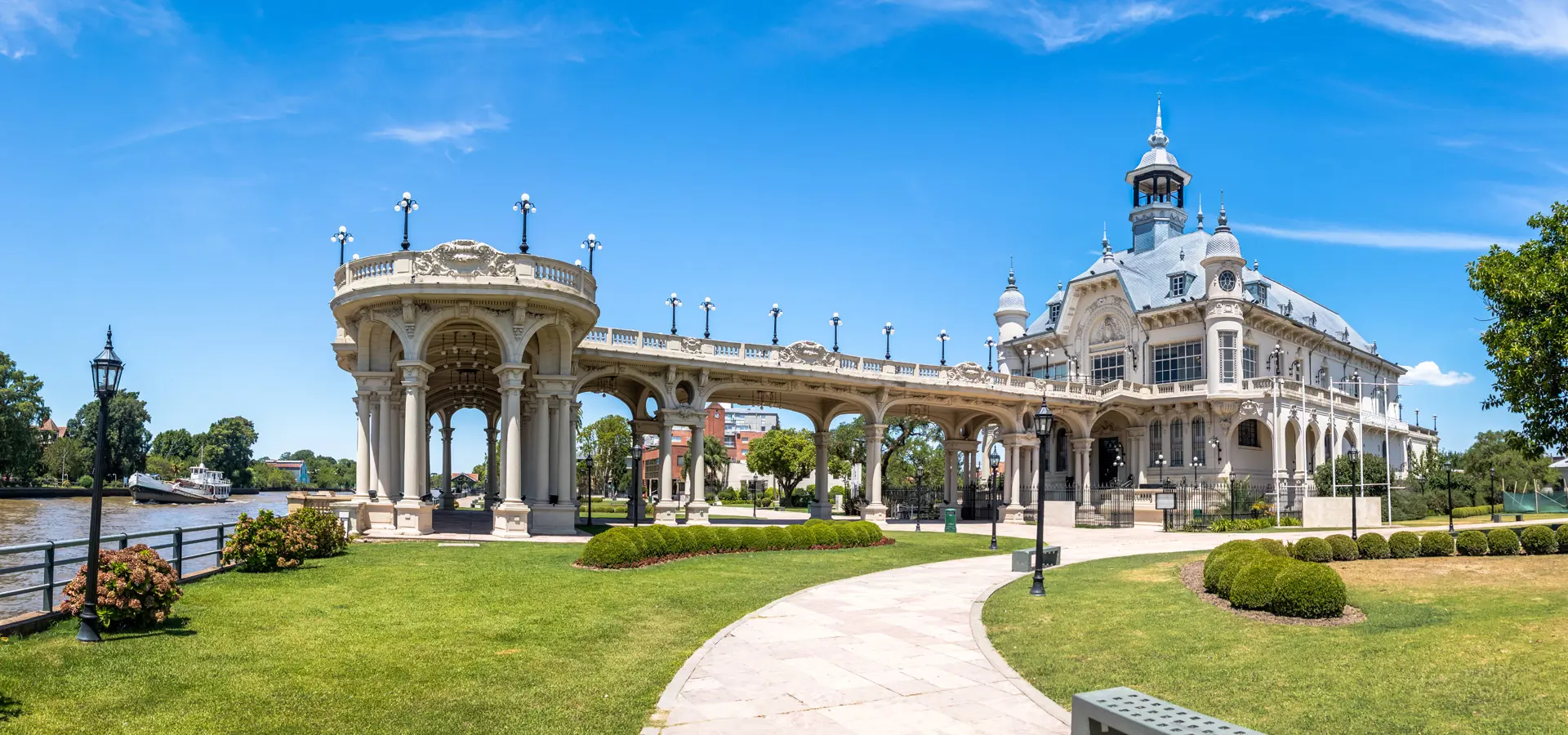
Rural tourism can be experienced in the province on the “estancias” and by taking tours on the immense delta. Along the ocean, there are many resorts and these extend from the Rio de la Plata to the Patagonian coast. Other places worth visiting are Tandil and Sierra de la Ventana, small hillside towns that offer plenty of outdoor activities.
Text by Luca Lembi
Update by Nicolò Villa
Avion Tourism Magazine
Photos: Copyright © Sisterscom.com / Shutterstock
Photos: Copyright © Sisterscom.com / Shutterstock
Tourism Board
turismo.buenosaires.gob.ar/en
www.argentina.travel
Partnership with Booking.com
Where to sleep in Buenos Aires
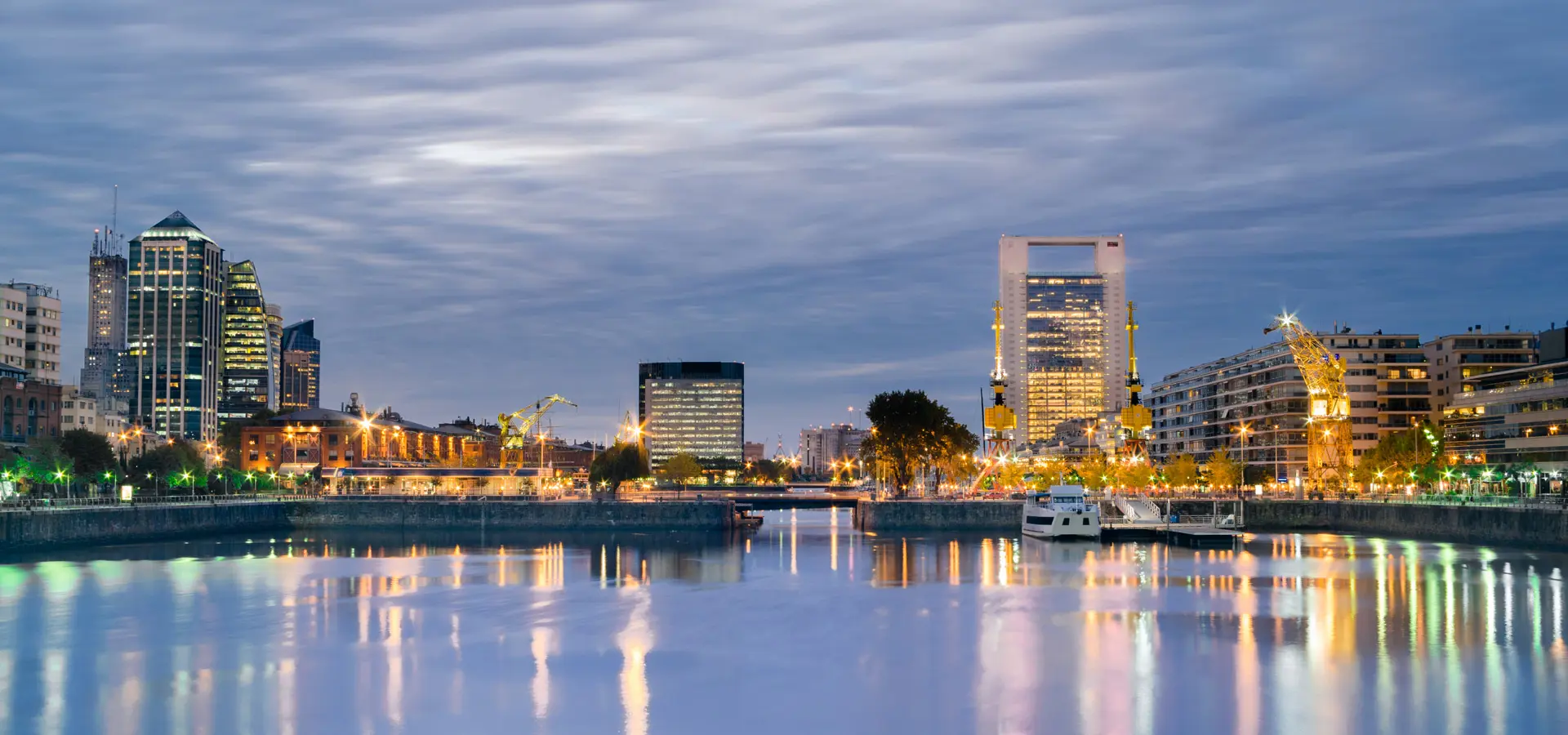
Buenos Aires is a welcoming city and offers different possibilities for accommodation.
To find the ideal hotel and the best offers you can do a search for the stars but also for districts or landmarks.
STARS
Hotels for stars, differentiated by type of services:
DISTRICTS
Hotels in the districts
LANDMARKS
Hotels in tourist areas
LANDMARKS
Hotels in tourist areas
AIRPORT
Hotels near the airport
WHERE TO GO IN BUENOS AIRES
Monuments in Buenos Aires
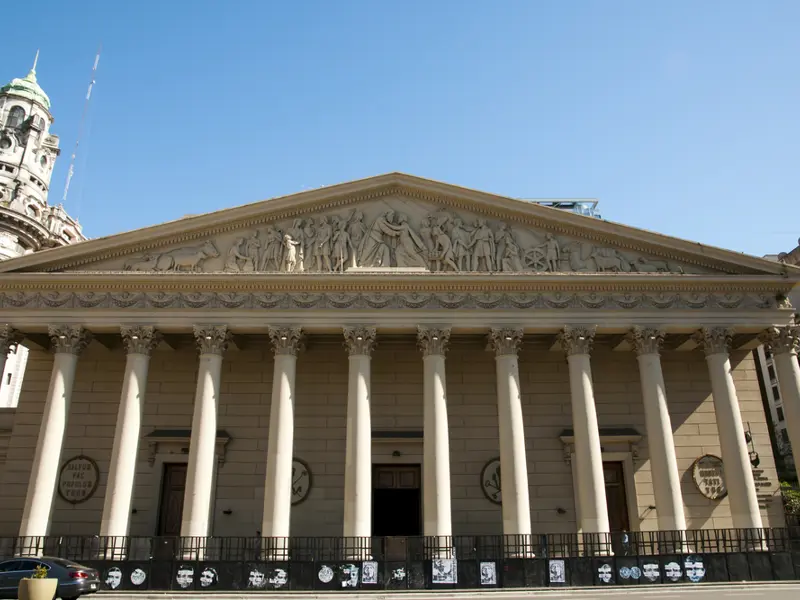
METROPOLITAN CATHEDRAL
It overlooks Plaza de Mayo. Its story began in 1593 when a church was constructed on the site on the orders of the founder of the city, Juan de Garay. Rebuilt several times, it now has a facade of neoclassical columns, five naves, floors of Venetian mosaics and a 41-metre high vault. Pope Francis celebrated mass here before becoming Pope in 2013 and, in his honour, the cathedral now houses the Pope Francis Museum, which displays some of his personal and liturgical items.
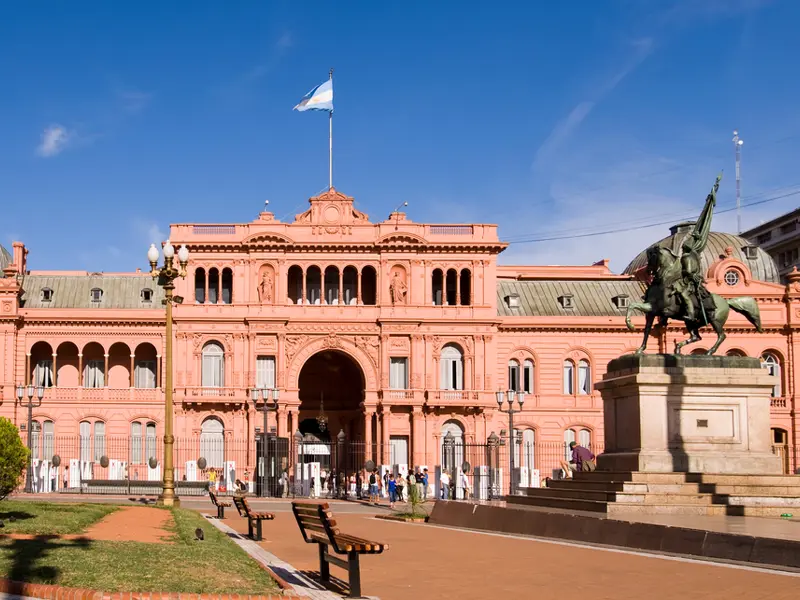
CASA ROSADA
The Casa Rosada is the seat of the Argentine national government and houses the president’s office. It was constructed on the site of a Spanish fort in Plaza de Mayo in 1580. The fort was rebuilt by the British architect Edward Taylor, and later, in 1862, the building was chosen by President Bartolomé Mitre to be the seat of his government. His successor Domingo Faustino Sarmiento later expanded the building, while the imposing central arch, designed by the Italian architect Francesco Tamburini, was completed in 1890.
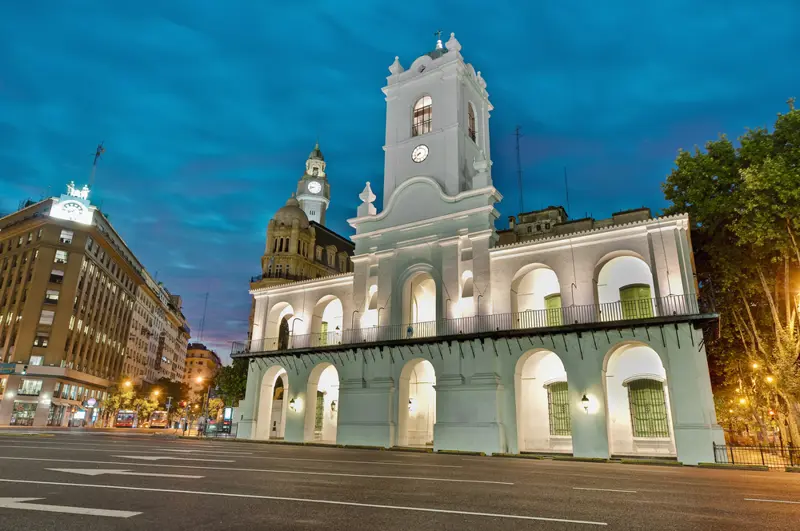
CABILDO
The Cabildo de Buenos Aires was the site of Spain’s colonial administration in the city. Originally built from adobe and thatch in 1580, the current building was constructed over the second half of the 18th century and houses the National Museum of the Cabildo and the May Revolution, and displays original artefacts and documents from the Spanish colonial era, the British invasions of 1806 and 1807, and the early days of independence. The museum was renovated in 2016, and now includes access to the former jail.
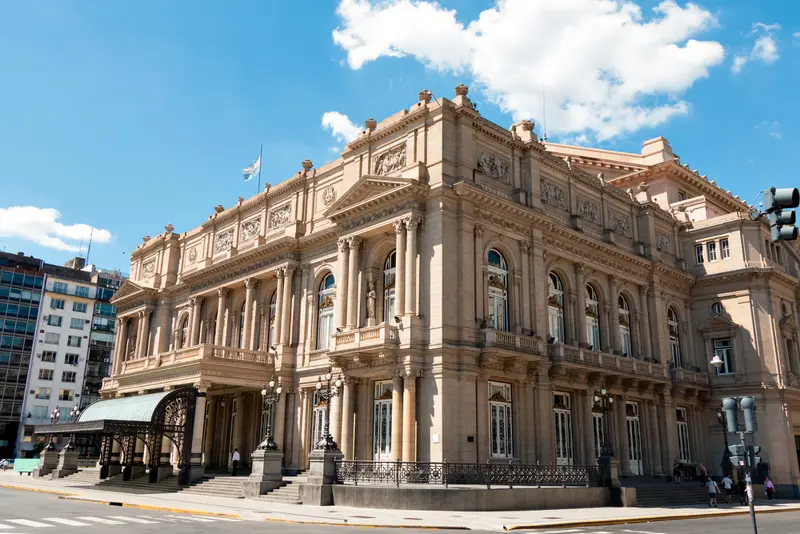
TEATRO COLÓN
Renowned for its acoustics and beautiful architecture, the Teatro Colón (Colón Theatre) is one of the finest opera houses in the world. Designed by Francesco Tamburini, Victor Meano and Jules Dormal, the theatre opened in 1908 and went on to host famous artists including Igor Stravinsky, Herbert von Karajan, Daniel Barenboim, Maria Callas, Luciano Pavarotti, Plácido Domingo, Rudolf Nureyev, Julio Bocca and Maximiliano Guerra. The building is also home to set and costume workshops and the renowned Instituto Superior de Arte.
Museums in Buenos Aires
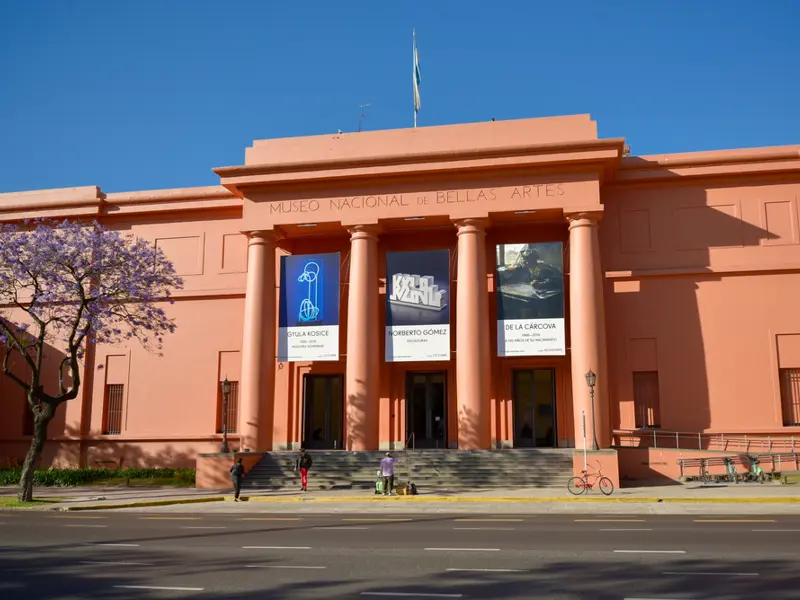
MUSEO NACIONAL DE BELLAS ARTES
The Museo Nacional de Bellas Artes (Fine Arts Museum) houses one of the best art collections in Latin America and the largest collection of Argentine art. Opened in 1896, it was transferred in 1933 to the Recoleta neighbourhood. Its permanent collection includes works by El Greco, Goya, Rodin, Rembrandt, Rubens, Renoir, Degas, Cézanne, Chagall and Picasso. Argentine painters include Cándido López, Lino Enea Spilimbergo, Prilidiano Pueyrredón, Fernando Fader, Benito Quinquela Martín, Xul Solar, Antonio Berni and Carlos Alonso.
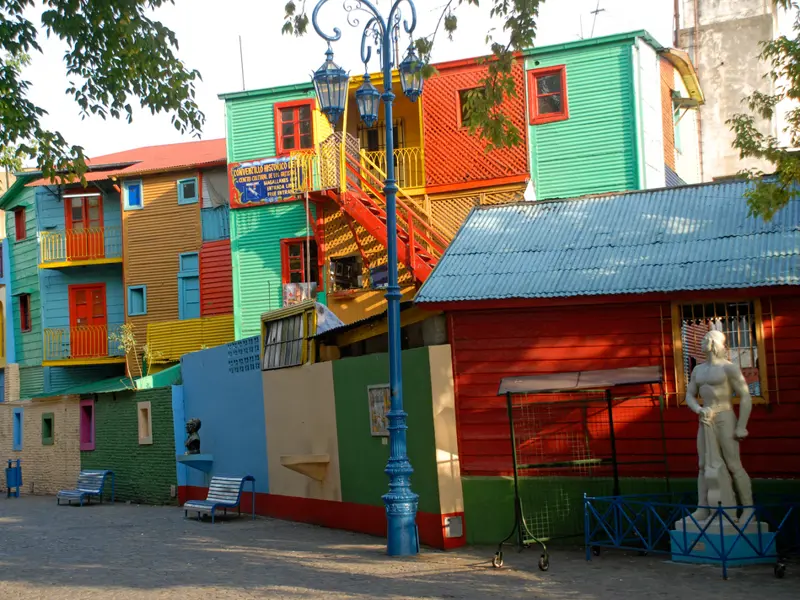
CAMINITO
The Caminito (little path) is a street museum in La Boca of colourful painted houses which are typical of the immigrant dwellings that characterised this area towards the end of the 19th and start of the 20th century. The area was largely abandoned until the 1950s when the local artist Benito Quinquela Martín began using the buildings as his canvas, bringing about regeneration of the Caminito. Today it offers works by Argentine artists, paintings, craft items, restaurants and tango performances. Discover the La Boca Guided Walking Tour
Partnership with GetYourGuide
Excursions & Tours
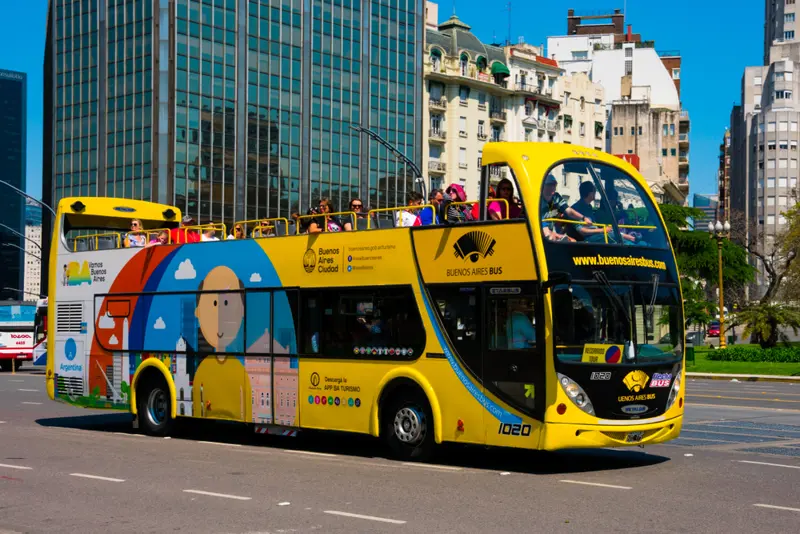
SIGHTSEEING BUS TOUR
Hop-on-hop-off sightseeing bus tour with audio commentary and 3 routes to discover the neighborhoods of Buenos Aires. The bus route begins a few meters from the Plaza de Mayo. Buses run every 20 to 30 minutes, depending on the route (Recorrido Rojo, Recorrido Verde, Recorrido Azul). The tour around the city takes 3 hours 20 minutes. You can get on and off the bus as many times as you like. Audioguide with live commentary in 10 different languages. Tiket duration: 24 - 48 hours. Duration: 40 minutes. Discover the tour
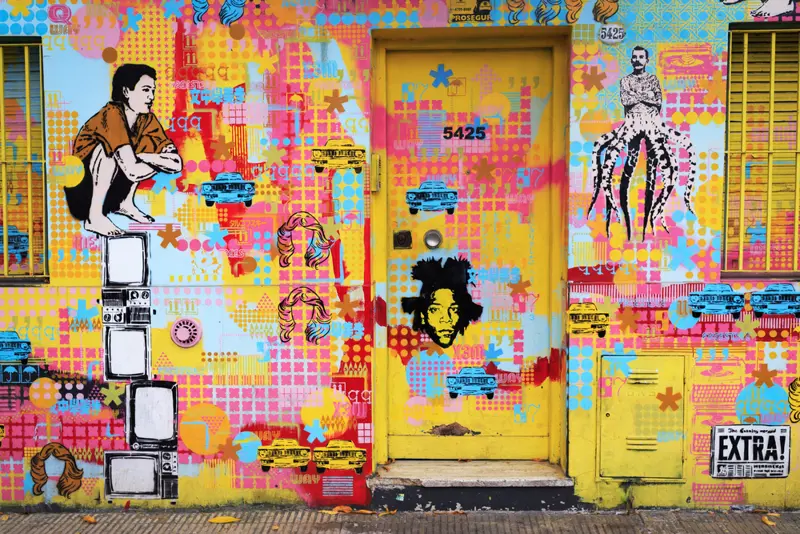
GRAFFITI AND STREET ART GUIDED TOUR
Walking tour with a knowledgeable guide to explore the district of Palermo, one of Buenos Aires’s most eclectic neighborhoods and international street art hub with the famous Trump Wall’s Graffiti at Madison Avenue Bar. Discover the creative work of numerous artists and designers, the history of Argentina’s street art and its political origins. The tour is wheelchair accessible. Duration: 2 hours. Discover the tour
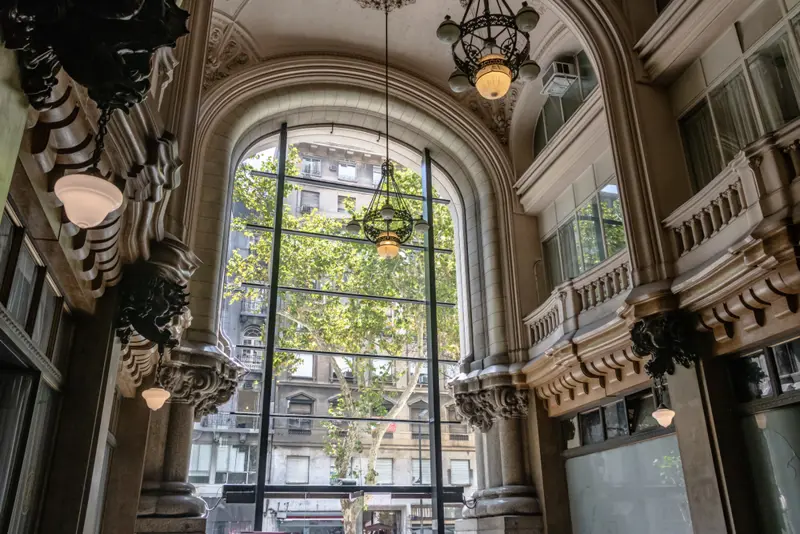
PALACIO BAROLO TOUR
Palacio Barolo guided night tour with bilingual guided tour in English and Spanish. The Palacio Barolo represents the Divine Comedy by Dante and is divided into three parts - Hell, Purgatory, and Heaven – and has a beautiful dome that is inspired by the love between Dante and Beatrice. The tour finishes in an office from the 1920s where you can enjoy a glass of Argentinian wine and a different tango, cello, or violin show. Duration: 2 hours. Discover the tour
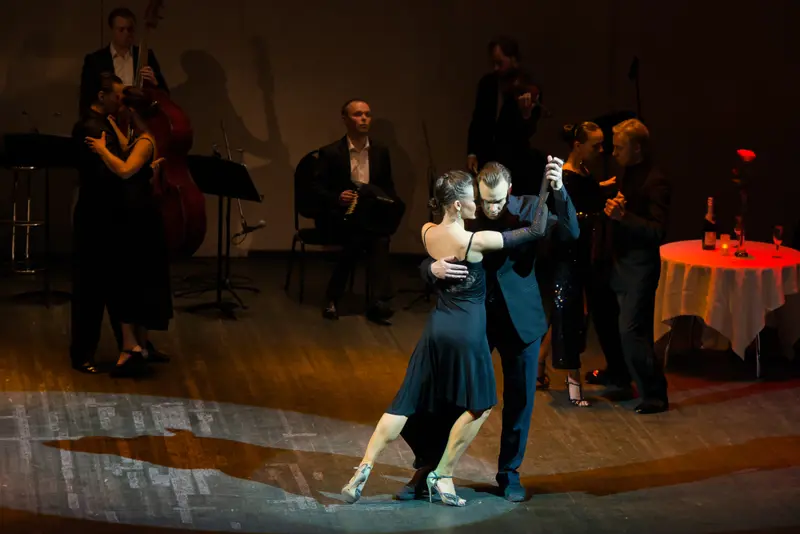
TANGO SHOW WITH OPTIONAL DINNER
Tango Porteño show, a classic Argentinian dance, in an Art-Déco former MGM movie theater with tango dancers and an orchestra. It is one of the best shows in Buenos Aires in one of the city’s most famous venues. You can also choose a 3-course meal with unlimited drinks. With the didder you have also a complimentary tango class before the show. The tour is wheelchair accessible. Duration: 75 minutes. Discover the tour
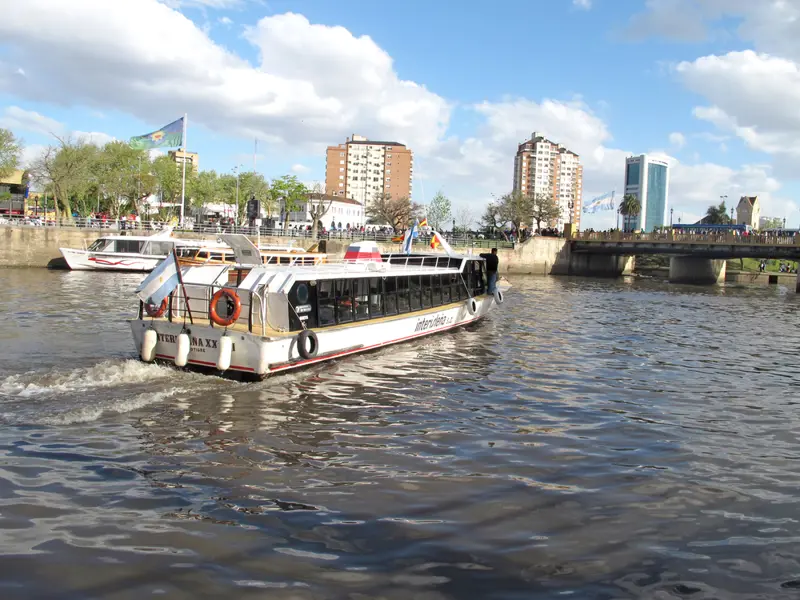
TIGRE DELTA BOAT TRIP
Tour by pullman with a ride along Costanera Avenue to reach the city of San Isidro, alongside the Rio de la Plata. In Tigre, board a catamaran for a 40-minute cruise through the Delta. You can admire: homes built on stilts and President Sarmiento’s home/ museum. Return to Buenos Aires by coach. Direct pick-up is provided at hotels in downtown Buenos Aires, Recoleta and Congreso. Professional English and Spanish-speaking guide. Duration: 5 hours. Discover the tour
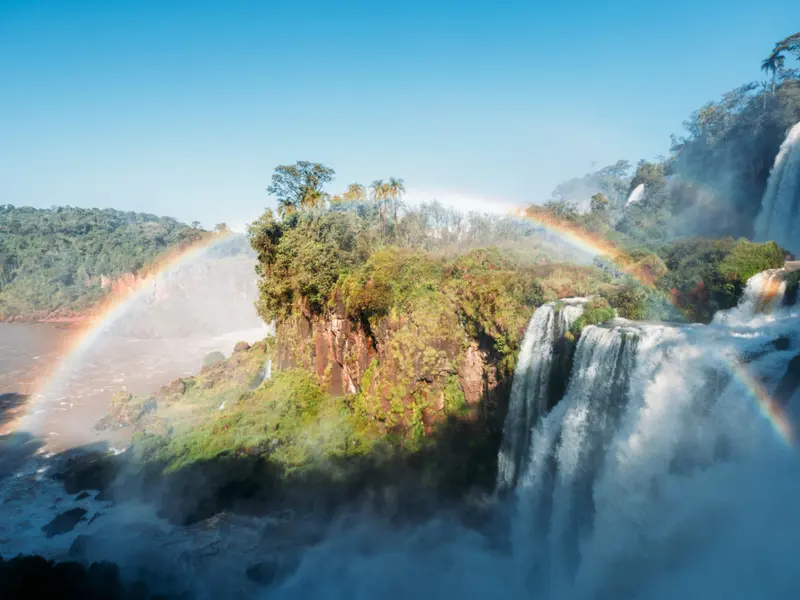
CASCATE DELL’IGUAZÚ
Private full-day trip to the Iguazu Falls from Buenos Aires to discover the Iguazu National Park. The trails are easy to walk and reach the biggest fall in Iguazu, Garganta del Diablo (The Devil’s Throat). The tour includes: private guide in Spanish or English; roundtrip private transfer from/to your Buenos Aires hotel; roundtrip private transfer from/to Puerto Iguazu airport; domestic flight from Buenos Aires to Puerto Iguazu (Economy Class); National park fees. Duration: 20 hours. Discover the tour
Partnership with Skyscanner
Discover all Tours
News & Useful info
Shopping
You might be interested in
Other destinations
Airports nearby Buenos Aires



